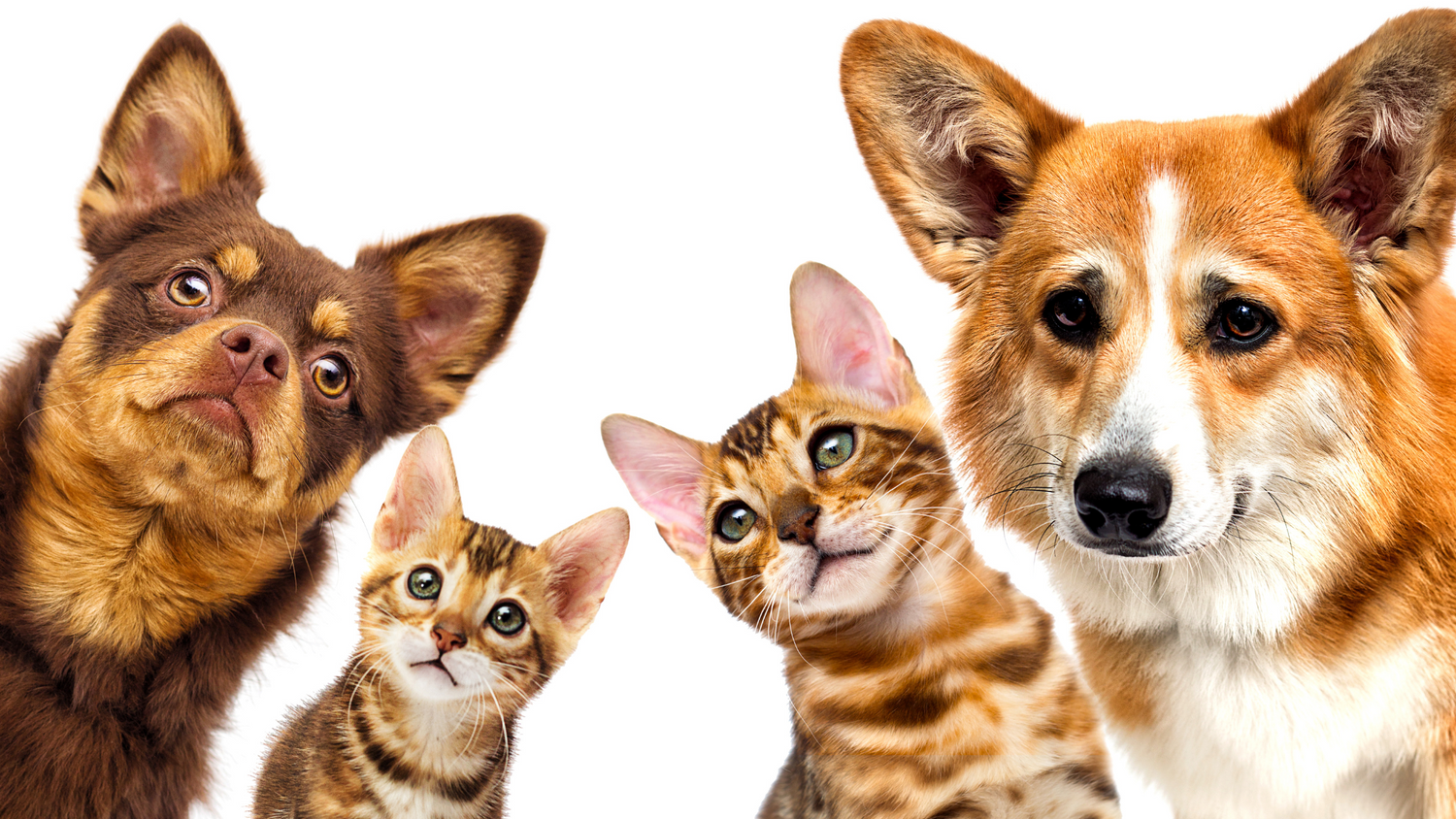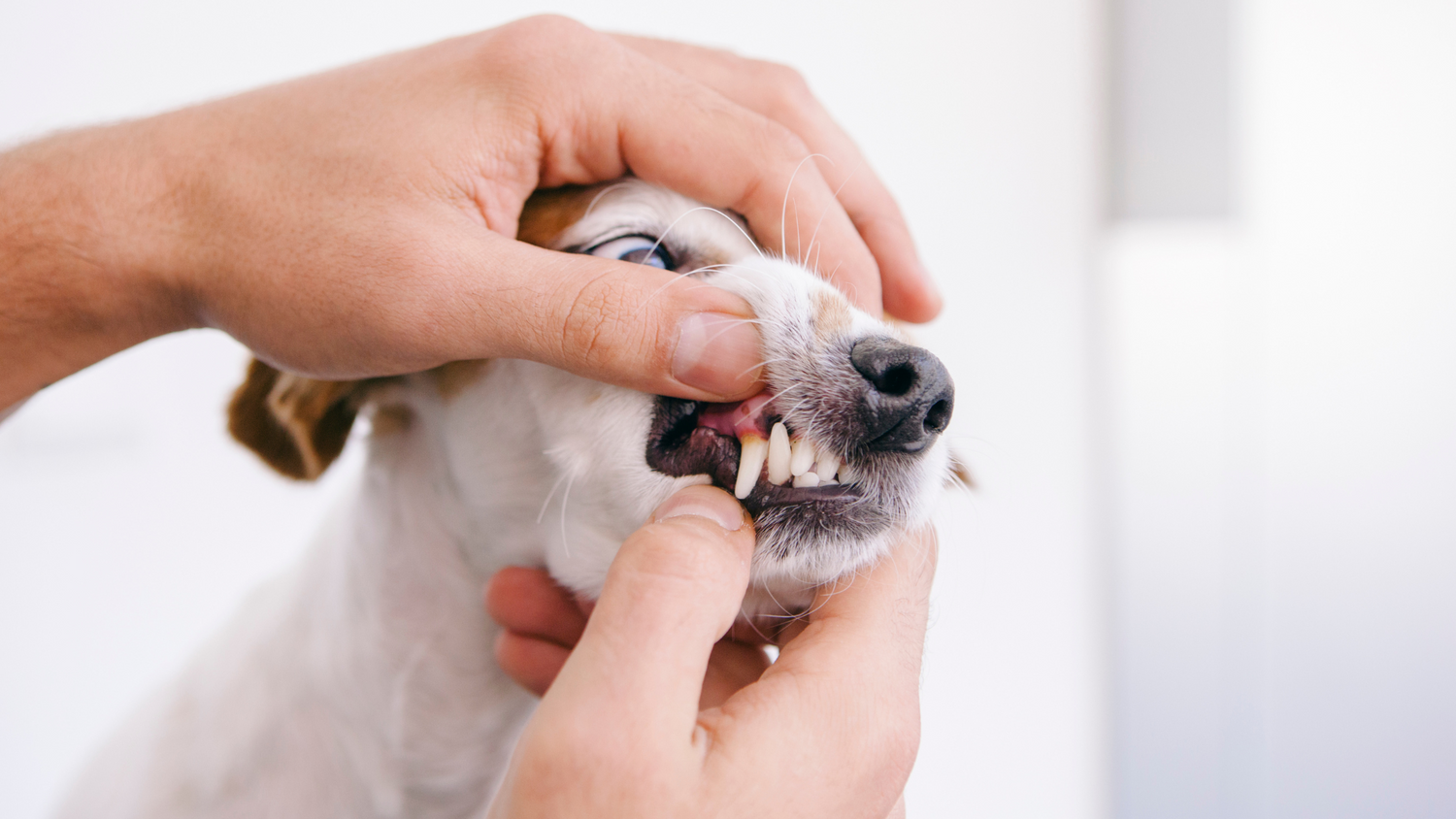So you really want a new furry addition to the family but there’s one problem - you can't stop coughing and sneezing and suffering with hay-fever-like symptoms. Luckily for you, pet-lovers with dog allergies can still become a pet parent. The trick is to choose a breed of dog that doesn’t shed as much hair and dander.
Is there such a thing as hypoallergenic dogs?
So, first and foremost, it’s important to know that no dog breed is 100% hypoallergenic or allergen-free. Instead, the term hypoallergenic refers to breeds that are LESS likely to cause an allergic reaction in comparison to other breeds.
Hypoallergenic dog are those that:
- Don’t shed - they have a non-shedding coat that produces less dander
- Don’t have hair - therefore, less likely that dander clings to the dog
- Have short, single-layered coats - meaning that without an undercoat to shed, there is no dander coming off the dog and sticking around in your home
If you don’t have a dog yet…
It’s a good idea to discuss getting a dog with your doctor if you’ve had allergy issues in the past. Then the best thing you can do is spend some time with your new potential furry friend to see if you suffer any reaction before you decide to take them home. You’ll know you are allergic to a dog if you are experiencing any of the following:
- Sneezing or runny/stuffy nose
- Facial pain from nasal congestion
- Shortness of breath or chest tightness
- Wheezing
- Watery, red or itchy eyes
- Skin rashes or hives
You can manage these symptoms by taking antihistamines or nasal sprays. You could also consider getting an allergy shot.
Best hypoallergenic dogs for allergy sufferers
We’ve made it easy for you and put together a list of dogs that are best for allergy sufferers. This is by no means an exhaustive list of dogs that are considered hypoallergenic - typically, small to medium sized dogs are the most hypoallergenic! Note: while the breeds in this list tend to be more allergy-friendly, every human and dog is different and reactions will vary.
Bichon Frise
The cutest ball of fluff! The Bichon Frise is a small dog with a wool-like coat. Shedding is practically non-existent and the soft,fluffy coat is tightly curled, keeping dead hairs restrained, and affecting sensitive immune systems less.
Schnauzer
Schnauzers can vary in size from miniature to full-sized. However, they all have one similarity - they are low shedding dogs despite their thick dense fur. Keep in mind they need regular hair cuts!
Maltese
The maltese is a breed that doesn’t shed nearly as much as other breeds. However, they do require brushing and grooming if their coats are long.
Poodle
Poodles are a great choice of breed for allergy sufferers as their curly, light-shedding coat holds dead hair with dander.
Yorkshire Terrier
Yorkie’s carry a body of hair instead of fur which is very human-like. The limited hair that yorkie’s shed often falls back into their coat as they lack an undercoat.
Portuguese Water Dog
Did you know former US President Obama had a Portugese Water Dog because his daughter had allergies? This breed sheds very little, however, they do require regular grooming!
Chinese Crested
This unique looking dog is known for its distinguishing characteristic - the hair,or the lack thereof. The crested comes in two varieties: hairless and powderpuff (with hair). As you may expect, the hairless type does not shed, and even the coated dogs shed very little.
Breeds you should avoid if you have allergies
The following breeds are examples of breeds you want to stay clear of if you're looking for a hypoallergenic dog. These breeds shed their coat at least twice per year and you will still find steady shedding between those times as well.
- German shepherds
- Golden retriever
- Shetland sheepdog
What about mixed breeds?
Say you want to get a labradoodle (labrador retriever + poodle) or a goldendoodle (golden retriever + poodle). It’s difficult to determine whether these breeds will be hypoallergenic. Although doodles are generally considered hypoallergenic because poodles are known as such, it’s more difficult to determine what kind of coat these breeds will have and how their fur will affect allergy sufferers.
Generally, it’s safe to assume that these mixed breeds will have coats that fall somewhere in the middle - but ultimately, it’s hard to tell.
How to reduce dog dander
1. Groom your dog regularly to remove shed hairs before they fall off
Try and make a habit of brushing your dog once or twice a week to decrease the amount of shedding in your home.
2. Bathe your dog frequently (but not too much!) to help wash off excess fur
Every time you bathe your dog, you’ll end up removing hair before they have a chance to end up on your floor and furniture. Just make sure to not overdo the bathing as this may actually cause an increase in shedding. Generally, one bath a month is generally enough. However, if your dog had a bit too much fun outside and needs a good wash, you should use a gentle shampoo to not irritate the skin.

Our pick: Pet Drs Natural shamPOO is the perfect solution for a beautiful shiny coat. It has the perfect pH level for your pets’ skin and will not cause any irritation.
3. Feed your dog a nutritious diet to help support healthy skin and coat






